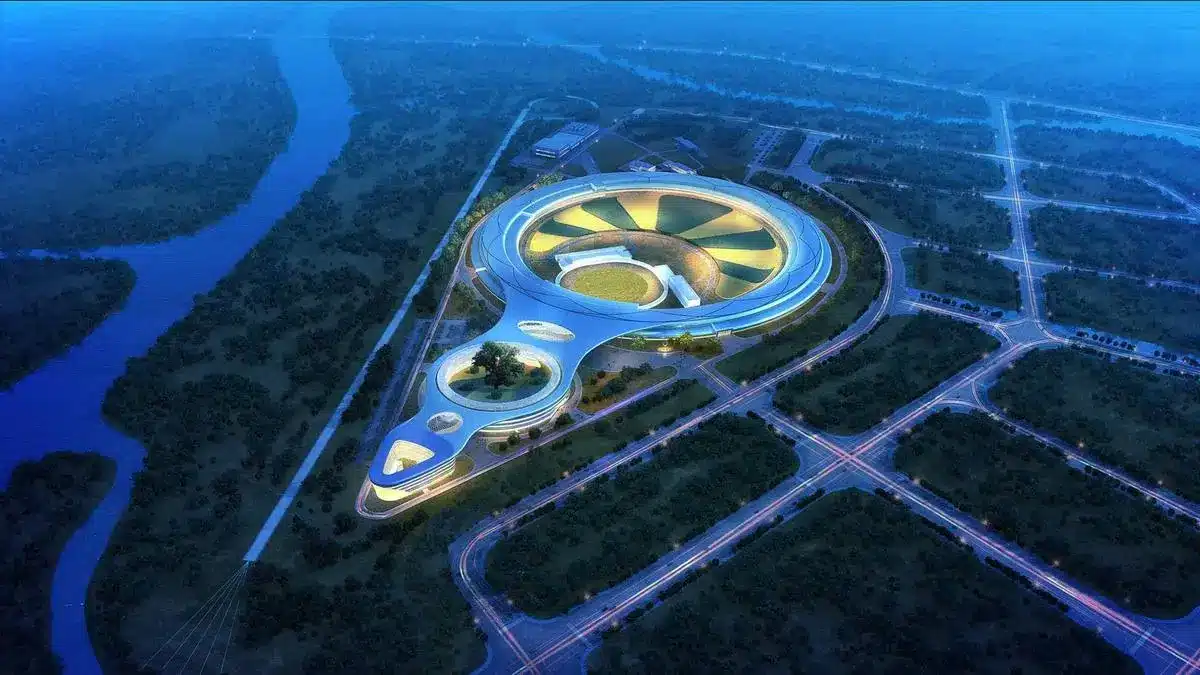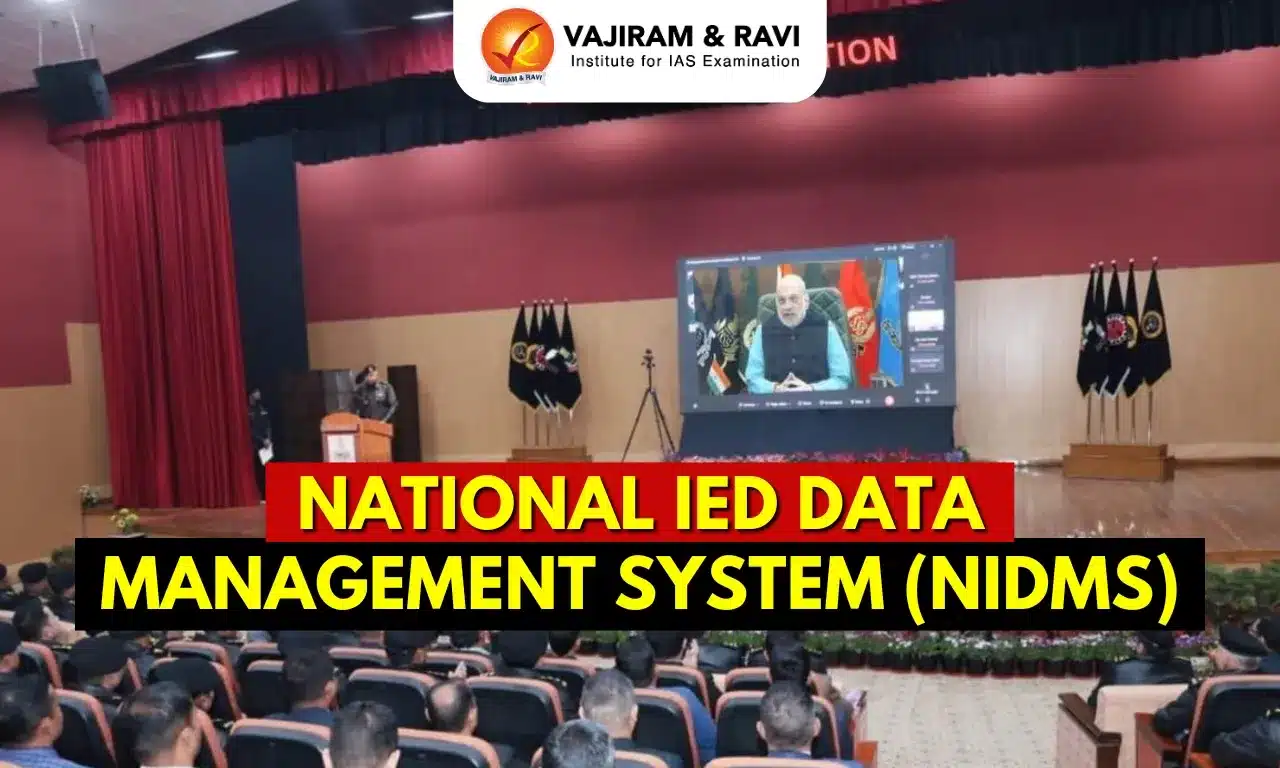About Synchrotron:
- A synchrotron is a type of circular particle accelerator, where particles move in a loop.
- It works by accelerating charged particles (electrons) through sequences of magnets until they reach almost the speed of light.
- These fast-moving electrons produce very bright light, called synchrotron light.
- This very intense light, predominantly in the X-ray region, is millions of times brighter than light produced from conventional sources and 10 billion times brighter than the sun.
- The light is channelled down beamlines to experimental workstations, where it is used for research.
- Scientists can use this light to study minute matter such as atoms and molecules.
- They can examine how a sample scatters, diffracts, absorbs, or reemits the synchrotron light, which reveals various different details of structure or chemical composition.
- There are approximately 70 synchrotrons around the world in various stages of development. There are technical differences between the use and capabilities of synchrotrons, with some being used for appliances and others for fundamental/theoretical research.
Key Facts about High Energy Photon Source (HEPS):
- Location: It is located approximately 50 kilometers from Beijing in Huairou, China.
- The HEPS is designed to accelerate electrons up to energies of 6 gigaelectron volts within its 1.36-kilometer circumference storage ring.
- This process will produce high-energy X-rays that can penetrate deep into samples, revealing intricate details at the nanometer scale.
- HEPS will provide researchers with access to 14 beamlines catering to diverse fields such as energy, condensed matter physics, materials innovation, and biomedicine.
- Compared to third-generation synchrotrons like the Shanghai Synchrotron Radiation Facility, which boasts a circumference of 432 meters and stands as China’s most advanced working synchrotron, HEPS will offer a time resolution 10,000 times superior.
Q1: What are electrons?
An electron is a subatomic particle that carries a negative electric charge. It is one of the fundamental particles that make up atoms, along with protons and neutrons. Electrons carry a fundamental electric charge, denoted as “e,” which is approximately equal to -1.602 x 10^-19 coulombs (C).
Source: China inaugurates next-generation synchrotron, boasting world’s brightest X-rays
Last updated on January, 2026
→ Check out the latest UPSC Syllabus 2026 here.
→ Join Vajiram & Ravi’s Interview Guidance Programme for expert help to crack your final UPSC stage.
→ UPSC Mains Result 2025 is now out.
→ UPSC Notification 2026 is scheduled to be released on January 14, 2026.
→ UPSC Calendar 2026 has been released.
→ UPSC Prelims 2026 will be conducted on 24th May, 2026 & UPSC Mains 2026 will be conducted on 21st August 2026.
→ The UPSC Selection Process is of 3 stages-Prelims, Mains and Interview.
→ Prepare effectively with Vajiram & Ravi’s UPSC Prelims Test Series 2026 featuring full-length mock tests, detailed solutions, and performance analysis.
→ Enroll in Vajiram & Ravi’s UPSC Mains Test Series 2026 for structured answer writing practice, expert evaluation, and exam-oriented feedback.
→ Join Vajiram & Ravi’s Best UPSC Mentorship Program for personalized guidance, strategy planning, and one-to-one support from experienced mentors.
→ UPSC Result 2024 is released with latest UPSC Marksheet 2024. Check Now!
→ UPSC Toppers List 2024 is released now. Shakti Dubey is UPSC AIR 1 2024 Topper.
→ Also check Best UPSC Coaching in India

















